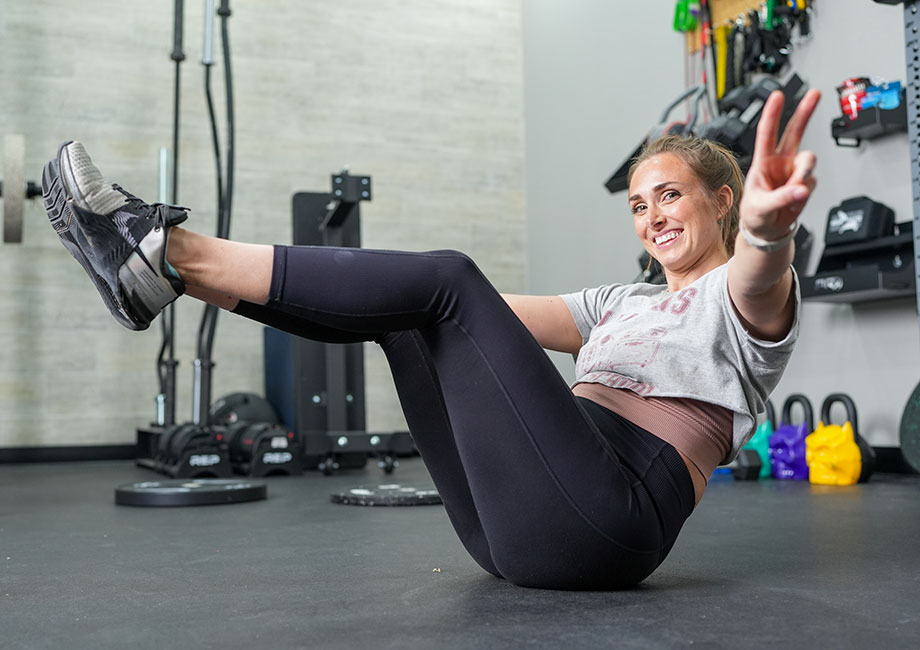We test and review fitness products based on an independent, multi-point methodology. If you use our links to purchase something, we may earn a commission. Read our disclosures.
Understanding the importance of a healthy psoas muscle is the key to maintaining overall mobility and core strength. Psoas muscle exercises specifically target this deep-seated muscle group to enhance flexibility, stability, and functionality in your hip joint. These exercises typically focus on movements that engage the hip flexors and stabilize the core, preventing potential pain in the lower back and hips. From dynamic stretches to focused strengthening routines, psoas muscle exercises utilize various techniques tailored to alleviate tightness, improve posture, and enhance overall well-being.
RELATED: Hip Flexor Exercises
Below, discover a hand-picked selection of exercises I regularly use with sports teams, athletes, and personal training clients. Drawing from extensive coaching and training experience, I’ve streamlined how to incorporate these exercises into your workout routine for game-changing results. If you’ve ever performed the lunges exercise and felt that annoying pulling sensation in the front of your hip, it might be time to check out these psoas muscle exercises.
What is the Psoas Muscle?
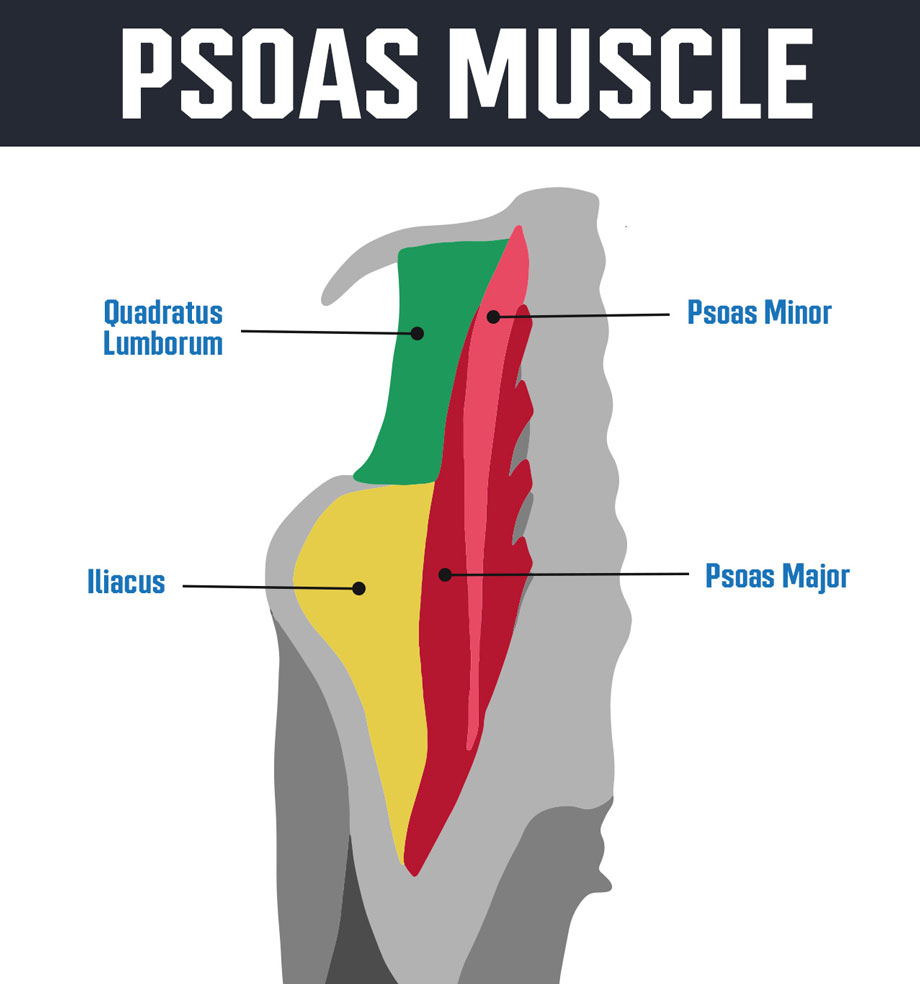
The psoas muscle, specifically the iliopsoas, is a major muscle in the human body located deep in the abdomen. It’s a combination of two muscles: the psoas major and the iliacus.
The psoas major originates along the lower spine from the sides of the lumbar vertebrae (L1-L5), and it extends downward through the pelvis. The iliacus originates from the iliac fossa of the pelvis. These muscles join together and attach to the femur (thigh bone), forming the iliopsoas muscle.
Functionally, the iliopsoas is a major contributor of flexion of the hip joint1—think of raising your knee when standing. It’s involved in various daily activities like walking, running, sitting, and standing and even contributes to breathing. The psoas muscle also plays a role in stabilizing the spine and pelvis during movement.
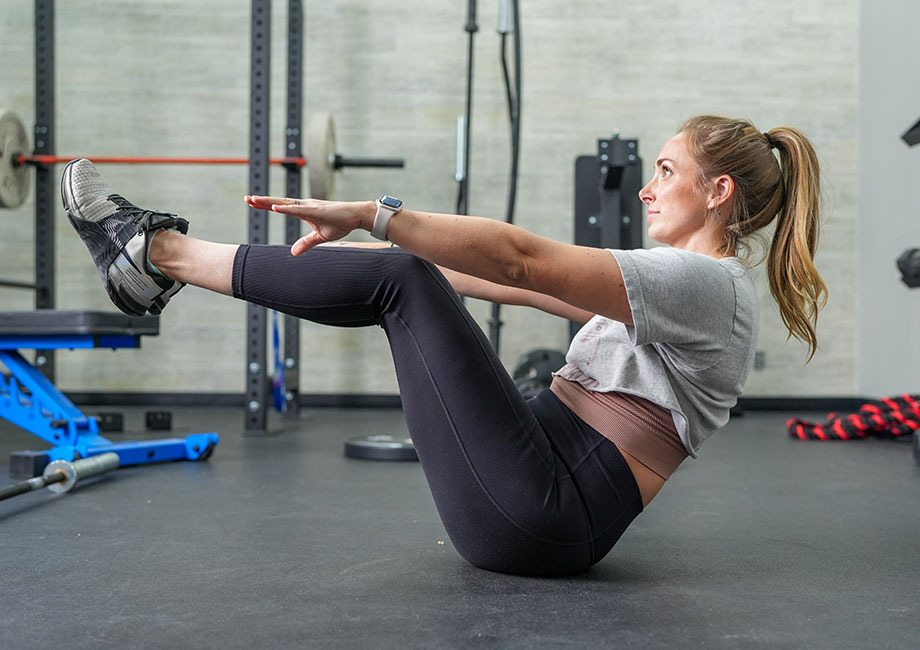
RELATED: Best Low-Impact Exercises
When these muscles are tight, shortened, or weakened due to prolonged sitting, lack of stretching, or specific activities (high repetitions of squats, for example), it can lead to discomfort in the hips or lower back pain. Psoas muscle exercises that involve mobilizing and strengthening are excellent for the iliopsoas and surrounding muscles.
What Are the Best Psoas Muscle Exercises?
Here you go, psoas muscle exercises selected by a CSCS expert. Methods that—based on my experience—can be an effective approach to strengthening and mobilizing your hips.
Glute Bridge
Why do it: Glute bridges offer a great dynamic movement for hip extension that’ll get the glutes and leg muscles firing. Solid glutes are one of the best options to help combat lower back pain2.
How to do it:
- Lie on your back with your knees bent and feet flat on the floor, hip-width apart.
- Align your shins vertically with ankles and knees stacked.
- Slightly tilt your pelvis toward your ribs and brace your abs.
- Press your feet into the floor and drive your hips up with control.
- Squeeze your glutes at the top, pause briefly, then slowly lower back down.
- Repeat for desired sets and reps.
RELATED: Hip Thrust Workout
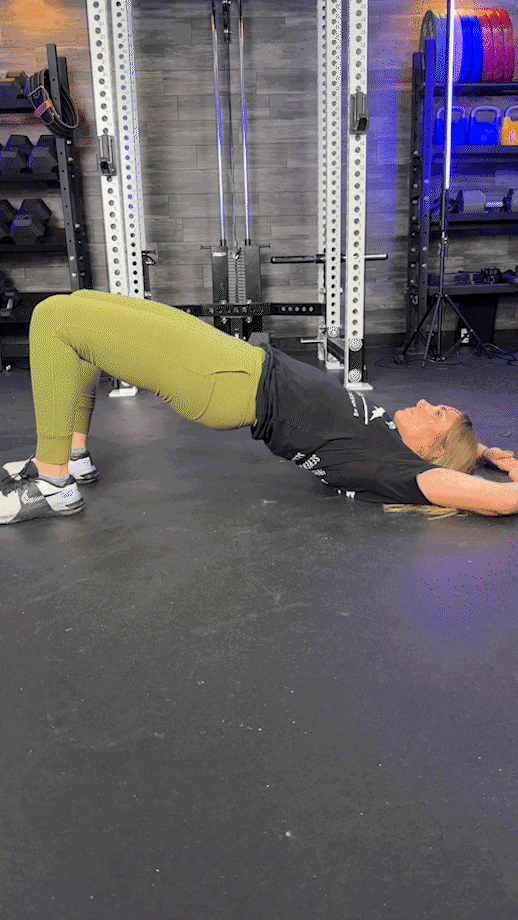
Hip-Focused Cat-Cow
Why do it: The cat-cow pose improves mid- and lower-back mobility. Shifting the focus to the hips helps add a twist that enhances mobility and stability and moves you through a full pelvic tilt motion.
How to do it:
- Place your hands under your shoulders and your knees under your hips.
- Inhale deeply, then exhale while pulling your hips toward your abs.
- Inhale deeply, then exhale and pull the front of your pelvis toward the floor
- Repeat for the desired sets and reps or duration.
RELATED: Thoracic Mobility Exercises
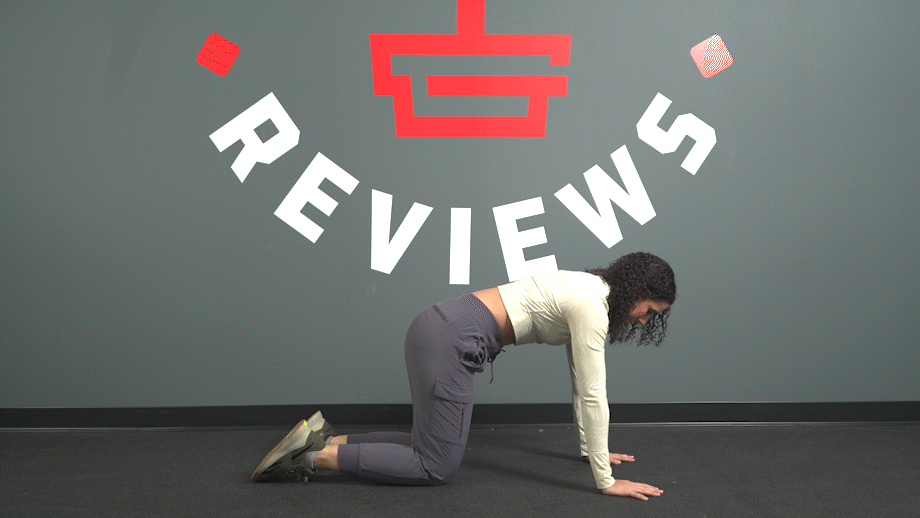
Camel Pose
Why do it: This pose may look a little silly sometimes, but don’t discredit its effectiveness as a psoas stretch for mobilizing the pelvis region. Snag one of the best exercise mats and get comfortable while working on improving your hip mobility.
How to do it:
- Kneel upright with your knees hip-distance apart and shins touching the floor.
- Rest your hands on the back of your pelvis, fingers pointing down.
- Lean back with your chin slightly tucked.
- Push your pelvis forward, keeping your thighs vertical hips over your knees.
- Hold for the desired amount of time.
- Repeat for the desired sets and reps or duration.
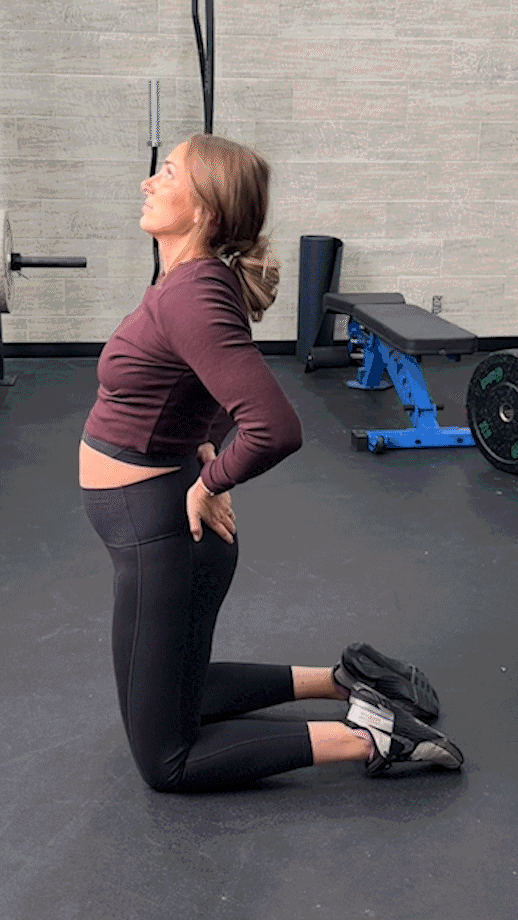
Side-Lying Hip Flexor Stretch
Why do it: The side-lying hip flexor stretch allows you to target your quadriceps and hip flexors in a single side-focused exercise. Hold this stretch for a longer time, or accumulate time through shorter holds with repetition.
How to do it:
- Lie on your left side, with your knees bent in front you.
- Reach down and gently grab your right ankle.
- Slowly pull your foot back towards your hips while tucking your pelvis. You should feel a gentle stretch in your right hip flexor and quads.
- Switch sides and repeat for desired sets and reps or duration.
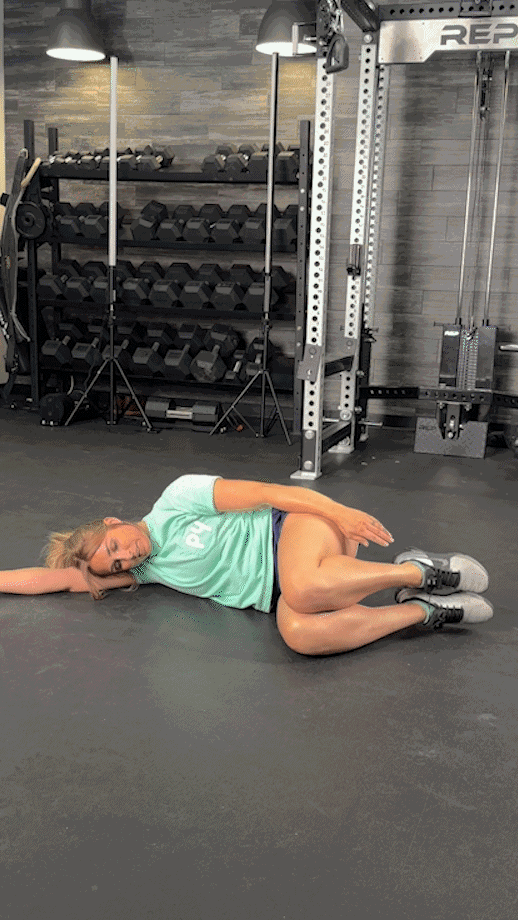
Marching in Place
Why do it: I STRONGLY believe marching is one of the best core exercises to boost strength in your abdominal muscles and hips, specifically targeting your hip flexors. If this feels too easy, use a pair of the best kettlebells to take your marching to the next level.
How to do it:
- Start in a standing position with your core braced.
- Drive your right knee up until it reaches hip height, then hold for one to two seconds.
- Return the right leg to the starting position.
- Drive your left knee until it reaches hip height, then hold for one to two seconds.
- Return the left leg to the starting position.
- Repeat for the desired sets and reps or duration.
Expert tip: Use tempos and iso holds to make marches more challenging for your at-home bodyweight workout.
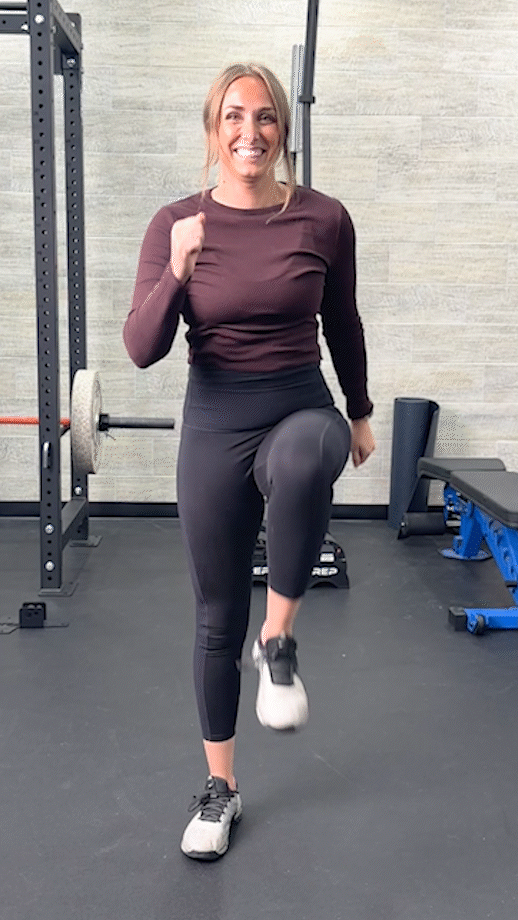
Frankensteins
Why do it: Frankensteins may go by many names—high kicks, straight leg marches, etc—but one theme stands true: this is a great mobility movement to add to your workout. It may even make your hips feel more alive. (Sorry.)
With this dynamic prep exercise, you’ll target your hamstrings and calves for flexibility and strengthen your hip flexors. Plug Frankensteins into your daily warm-up or cool-down routine.
How to do it:
- Start in a standing position with your core braced.
- Extend your left arm straight forward at shoulder height and take a step with your left foot.
- With control, kick your right foot towards your left hand, keeping your leg and torso straight.
- Repeated on the other side.
- Repeat for the desired sets and reps or duration.
RELATED: Best Warm-Up Exercises
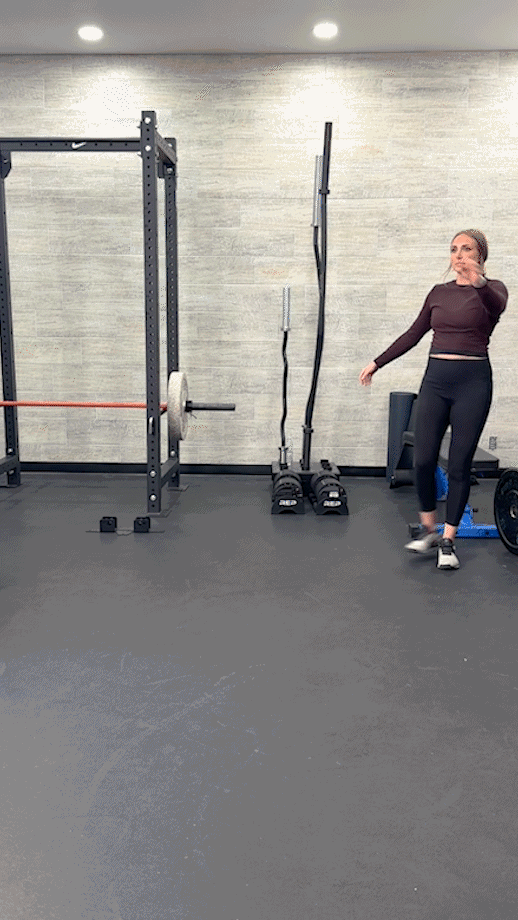
Hanging Leg (or Knee) Raise
Why do it: Grip Strength? Check. Core strength? Check. The hanging leg raise (or straight leg raise) is an incredible ab exercise to add to your arsenal. Outside of grip and core muscle strength, this movement gets you up off the floor and adds a little flavor to your traditional ab workout.
How to do it:
- Actively hang from a pull-up bar, high enough to where your feet are off the floor.
- Squeeze your abs, keep your legs straight, and pull your knees toward your chest.
- With control, lower your legs back down to the starting position.
- Repeat for the desired sets and reps or duration.
Expert tip: Focus on controlling the eccentric (lowering) portion of the exercise for three to five seconds.
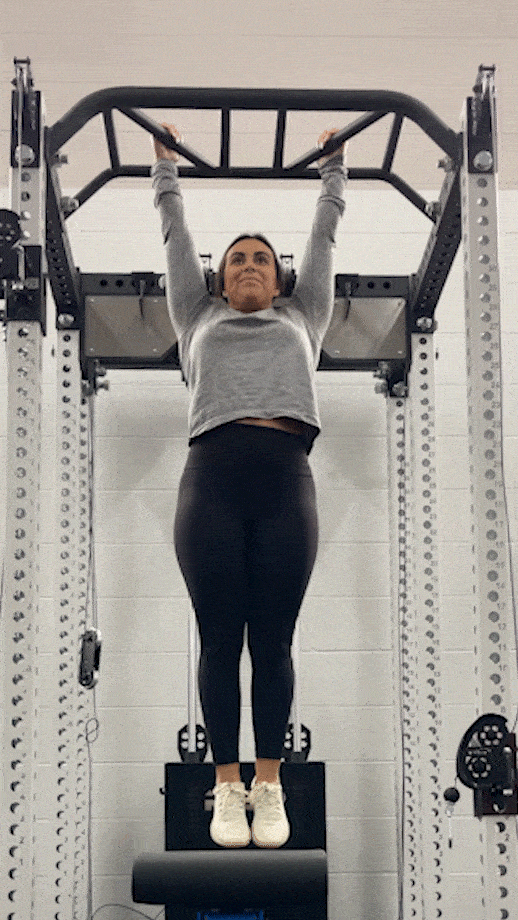
Boat Pose
Why do it: Isometric exercises are fantastic for boosting strength and mastering muscle activation. The boat pose offers a novice-friendly way to enhance your core strength and stability, especially for the psoas muscles.
As you progress, there are numerous modifications to elevate the challenge and keep pushing your limits with the boat pose—extend your arms overhead, hold weights, or even make it dynamic with rocking back-and-forth (feel the burn!)
How to do it:
- Lie face up on the floor.
- Squeeze your abs, and lift your legs to a 45-degree angle with your torso.
- Reach your arms forward by your sides, creating a V-shape with your body.
- Hold for the desired duration.
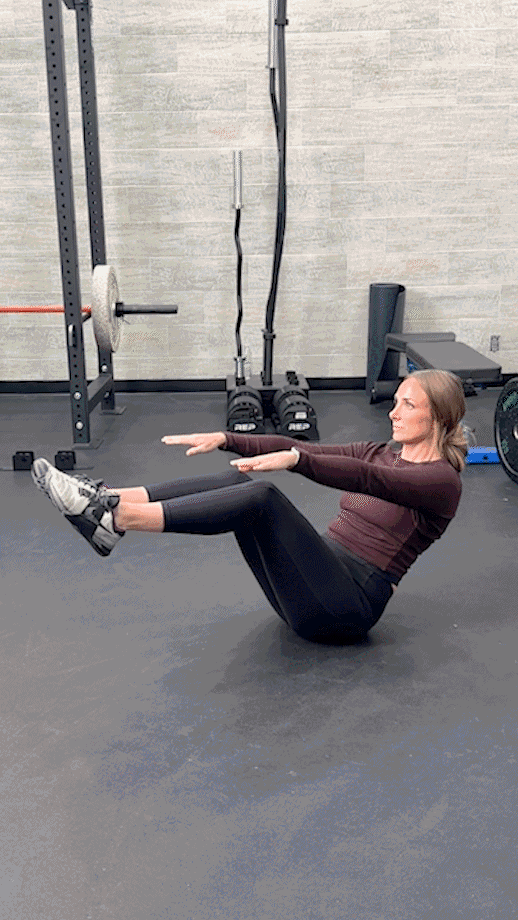
Benefits of Psoas Muscle Exercises
Here are the top three benefits of incorporating psoas muscle exercises into your regular fitness routine.
Improved Mobility
Psoas muscle exercises improve mobility by targeting the hip flexors and enhancing their strength and flexibility. Here’s a quick list of improvements you may also see:
- Increased range of motion
- Better posture
- Reduced tightness
- Improved movement for activities of daily living (ADL)3
By consistently incorporating psoas muscle exercises into your routine, you can notably enhance your hip flexibility, reduce stiffness, and improve overall mobility, allowing for smoother and more efficient movement in your daily life.
Reduced Injury Risk
Engaging in psoas muscle exercises provides a significant advantage by lowering your injury vulnerability and providing pain relief. Your psoas muscles play a crucial role in everyday movements such as sitting, walking, and running. By enhancing the strength and flexibility of your hip flexors through targeted exercises, you can prevent the development of tightness or shortened muscles in this area.
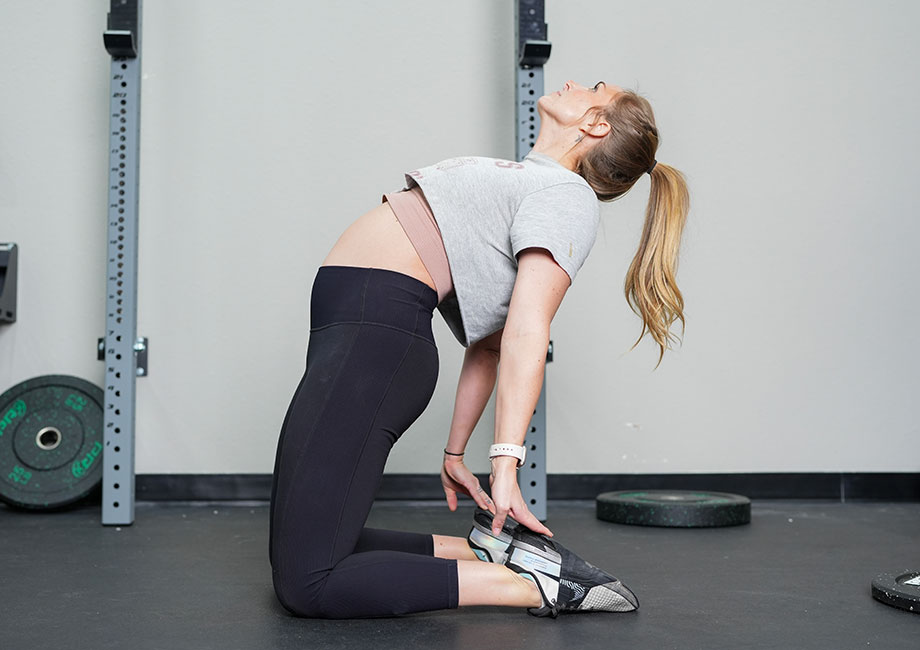
This proactive approach helps minimize the risk of weaknesses and strains in your pelvic muscles, promoting overall stability and reducing the likelihood of injury.
Improved Strength and Training
Bulletproofing your hip flexors ensures you avoid lingering injuries and setbacks that prevent you from strength gains. Having a pair of solid psoas not only supports progress in your lower body exercises but also enhances overall strength and extends your workout capacity, allowing you to train for more prolonged periods and with more intensity.
A great example of this is a 2021 study in the International Journal of Sports Physiology and Performance4 that found regular resistance training of the psoas muscle helped improve overall performance during long-distance running.
Psoas Muscle Exercises: Final Thoughts
Your psoas might not be the biggest muscle group in your body, but it may have one of the most significant impacts on your training goals. With prolonged sitting prevalent in today’s lifestyle, hip flexor injuries are rising due to weakness, tightness, and limited hip mobility.
Prioritizing the resilience of your psoas muscles, inside and outside the gym, is important for enhancing overall mobility, curbing injury risks, and bolstering your workouts. Investing a little time in psoas muscle exercises can yield substantial benefits.
Whether programmed into your warm-up, coupled with squat warm-up sets, or included in your post-workout cool-down or active recovery sessions, these exercises offer a simple yet effective means to improve strength and flexibility in your hip flexors.
Psoas Muscle Exercises: FAQs
Is the psoas the same as the hip flexor?
The psoas is one of the main hip flexor muscles. It plays a role in connecting the lower to the upper body, aiding in hip flexion (i.e. bringing the knees closer to the chest), and stabilizing your pelvis.
How do you strengthen the psoas muscle?
Strengthening your psoas muscles through exercises like glute bridges, standing marches, and boat poses is a fantastic approach. Beginners should start by incorporating tempos and isometric holds, then moderate sets and reps or timed durations, gradually increasing them as your strength improves.
This gradual progression ensures steady development and optimizes the impact of these exercises on your psoas muscle group.
What are the symptoms of a tight psoas?
The main symptoms of a tight psoas muscle are lower back pain, hip pain, restricted mobility, muscle imbalances, and lingering postural issues. A tight psoas muscle has even been shown to contribute to knee pain5 if the issue is not addressed quickly.
What is the best way to release the psoas muscle?
Releasing the psoas muscle often involves a combination of stretching, massage, and exercises to reduce tension. Stretching and strengthening exercises are an excellent first step. Other methods, such as foam roller exercises, massage therapy, yoga, or Pilates, offer additional benefits!
References
- Siccardi MA, Tariq MA, Valle C. Anatomy, Bony Pelvis and Lower Limb: Psoas Major. [Updated 2023 Aug 8]. In: StatPearls [Internet]. Treasure Island (FL): StatPearls Publishing; 2023 Jan-. Available from: https://www.ncbi.nlm.nih.gov/books/NBK535418/
- Jeong UC, Sim JH, Kim CY, Hwang-Bo G, Nam CW. The effects of gluteus muscle strengthening exercise and lumbar stabilization exercise on lumbar muscle strength and balance in chronic low back pain patients. J Phys Ther Sci. 2015;27(12):3813-3816. doi:10.1589/jpts.27.3813
- Edemekong PF, Bomgaars DL, Sukumaran S, et al. Activities of Daily Living. [Updated 2023 Jun 26]. In: StatPearls [Internet]. Treasure Island (FL): StatPearls Publishing; 2023 Jan-. Available from: https://www.ncbi.nlm.nih.gov/books/NBK470404/
- Yamanaka R, Wakasawa S, Yamashiro K, Kodama N, Sato D. Effect of Resistance Training of Psoas Major in Combination With Regular Running Training on Performance in Long-Distance Runners. Int J Sports Physiol Perform. 2021 Jun 1;16(6):906-909. doi: 10.1123/ijspp.2020-0206. Epub 2021 Mar 5. PMID: 33668016.
- Halabchi F, Mazaheri R, Seif-Barghi T. Patellofemoral pain syndrome and modifiable intrinsic risk factors; how to assess and address? Asian J Sports Med. 2013 Jun;4(2):85-100. doi: 10.5812/asjsm.34488. Epub 2013 Feb 12. PMID: 23802050; PMCID: PMC3690728.
Further reading

How many laps in a pool is a good workout? Our expert deep dive on swimming sessions will help you figure out just how long to spend in the water. Read more

Whether you’re a first-timer or looking to get faster, our marathon training plans and guide from avid runners can help you reach your running goals. Read more

Hydration is the name of the game, and this Nuun Sport electrolyte tablets review will help you decide if it's the right supplement for your needs. Read more

Our Fiix Elbow review will let you know if this specialty device is the right fit for your recovery needs. Read more

